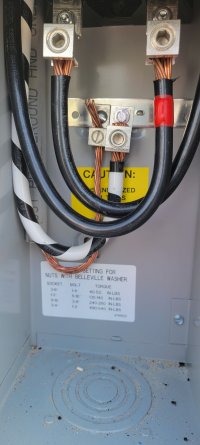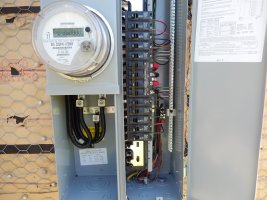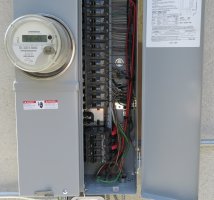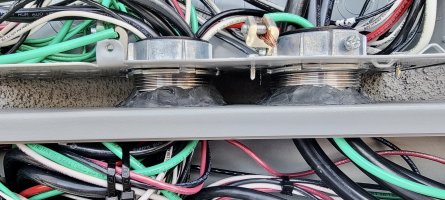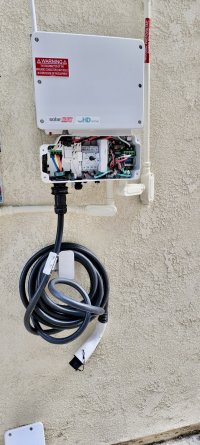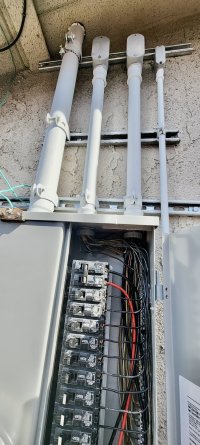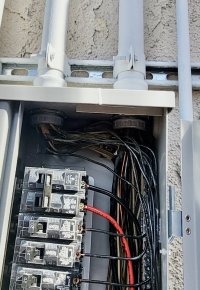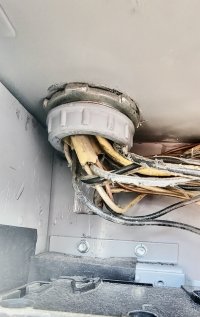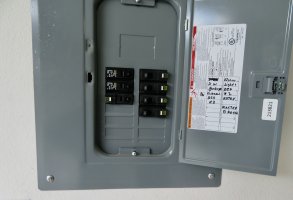Gastitie CSST. I have written many corrections for exposed CSST such as is shown here. Apparently I have been wrong many times. I recently searched the installation instructions and did not find anything that would require protection of this CSST. I called Gastite and was advised that no protection is required for CSST that is indoors and exposed.
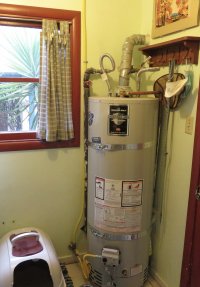

Last edited:

